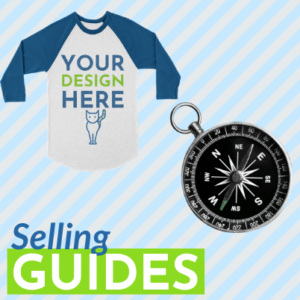Correlation Between The Weather and Sales
Sports car dealers now know that a temperature of 75ᴼ with sun will increase their sales of convertible models. Likewise, SUV dealers know that sales of 4-wheel drive vehicles will climb with the first large snowstorm of the winter.
The same thing happens in the world of online shopping. Season changes have a direct correlation with sales.
How often do you browse clothing products online when the weather is nice and toasty? Most likely not so often. The majority of us spend our days outside by the pool or near a lake.
In contrast, with the first sign of fall, we begin to spend more time inside using smartphones and computers to purchase products to cope with the season changes.
Weather
What’s the first thing you do in the morning before you get ready for work?
The number one regular mobile activity is checking the weather. Forty-seven percent say they use their devices to check the weather.
Implement weather forecasting to your short-term marketing and advertising strategy.
Change in weather patterns alters shopping moods for the best and the worst.
Be prepared for it all.
Use weather shifts to promote different products on your social media channels. On a rainy day bring attention to jackets and hooded products.
Usual Weather
Some things are naturally bound to happen during certain times.
April showers are bound to happen in May, blizzards come and go during the cold season which is usually anytime between late fall and early signs of spring.
Unusual Weather
As Michigander – we blink and the weather changes. When marketing to areas where the weather is unpredictable don’t solely rely on the weather channel.
Prepare ahead. Make your social media content easily interchangeable in case of abrupt weather change.
Extreme Weather
- Hurricanes
- Tornadoes
- Blizzards
- Extreme Heat
Add Value
Inlude weather forcats to help justify the need for a product. Add forecast infomation along with product suggestions that are specific to the weather and temperature for the particular week or month.
Include a small snippet of the forecast and suggested product at the bottom of your weekly email newsletters.


